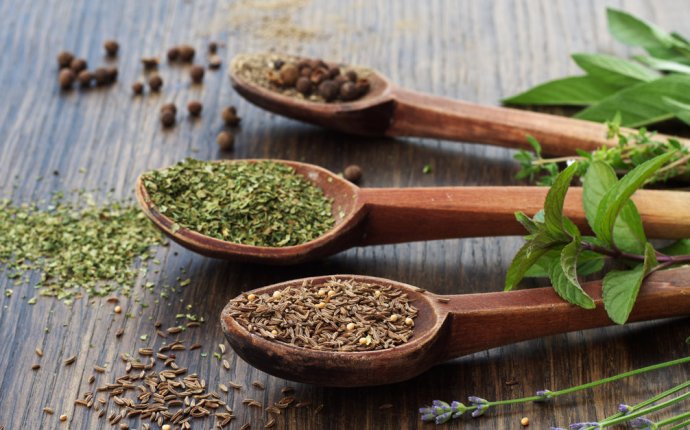
Vata Dosha Treatment in Ayurveda
Vata is made up of the two elements space and air. The most revered ayurvedic text, the Charaka Samhita, defines the characteristics of Vata dosha: dry and rough (rookshaha); cool (sheetoha); light – lacking weight (laghuhu); very tiny, penetrating molecules (sookhshmaha); always moving (chalota); broad, unlimited, unbounded – akash means unbounded space (vishadaha); and rough (kharaha).
People with more Vata in their constitutions tend to be thin, with a slender frame and prominent joints, delicate skin that is naturally dry, and dry voluminous hair. They are quick and lively in thought, speech and action, and make friends easily. There is an element of airiness to their step, a quality of lightness in their laughter. Change is usually their second name. They are light sleepers and gravitate towards warm environments. Creativity and enthusiasm are hallmarks of balanced Vata.
Factors that can cause Vata dosha to increase in the physiology include a diet that contains too many dry or raw foods, over-consumption of ice-cold beverages, exposure to cold dry winds, a variable daily routine, too much travel, and mental overexertion.
Causes and Development
Vata is stimulated by pungent, bitter and acid, and weakened by sweet, sour and salty tasting foods. It would be advisable for a Vata person to eat food that is sweet, sour or salty. Vata individuals tend to do things quickly and haphazardly. Therefore, they should take their time. Adhering to a balanced routine on a regular basis will counteract their irregularities. It is important for a Vata type to rest, not to watch too much television, or to rush around doing many things at the same time. These activities stimulate Vata.
Treatment and Prevention
General dietary recommendations:
1. Favor foods that are warm, heavy, and oily. Minimize foods that are cold, dry, and light.
2. Favor foods that are sweet, sour, and salty. Minimize foods that are spicy, bitter, and astringent.
3. Eat larger quantities, but not more than you can digest easily.
Dairy All dairy products pacify Vata.
Sweeteners All sweeteners are good (in moderation) for pacifying Vata.
Oils All oils Reduce Vata.
Grains Rice and wheat are very good. Reduce barley, corn, millet, buckwheat, rye, and oats.
Fruits Favor sweet, sour, or heavy fruits, such as oranges, bananas, avocados, grapes, cherries, peaches, melons, berries, plums, pineapples, mangoes, and papayas. Reduce dry or light fruits, such as apples, pears, pomegranates, cranberries, and dried fruits.
Vegetables Beets, cucumbers, carrots, asparagus, and sweet potatoes are good. They should be cooked, not raw. The following vegetables are acceptable in moderate quantities if they're cooked, especially with ghee or oil and Vata-reducing spices: peas, broccoli, cauliflower, celery, zucchini, and green, leafy vegetables. It's better to Avoid sprouts and cabbage.
Spices Cardamom, cumin, ginger, cinnamon, salt, cloves, mustard seed, and small quantities of black pepper are good.
Nuts All nuts are good.
Beans Reduce all beans and bean products, except tofu and split mung-bean soup.
Meat and fish (for nonvegetarians) Chicken, turkey, and sea foods are all right; beef should be avoided.














